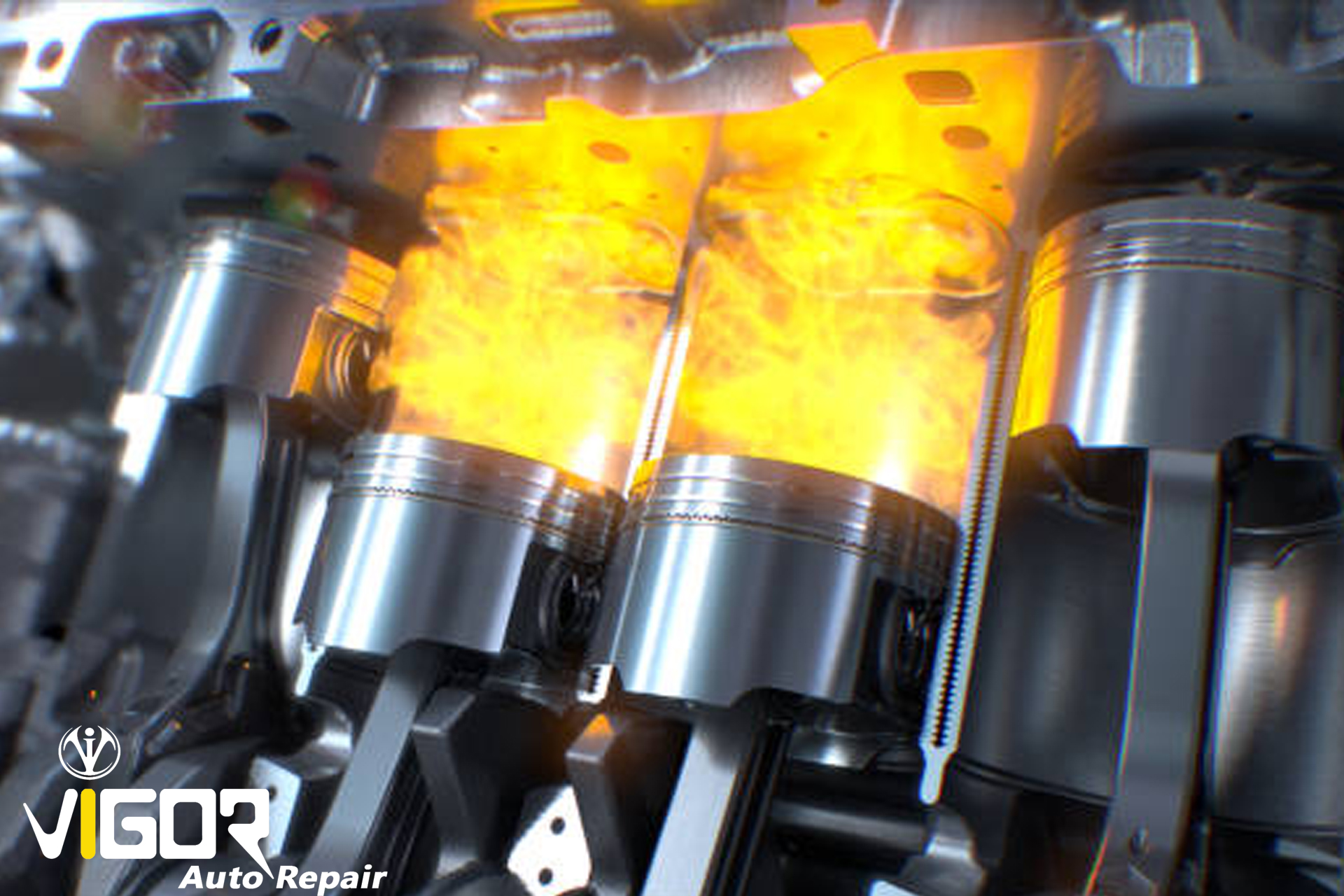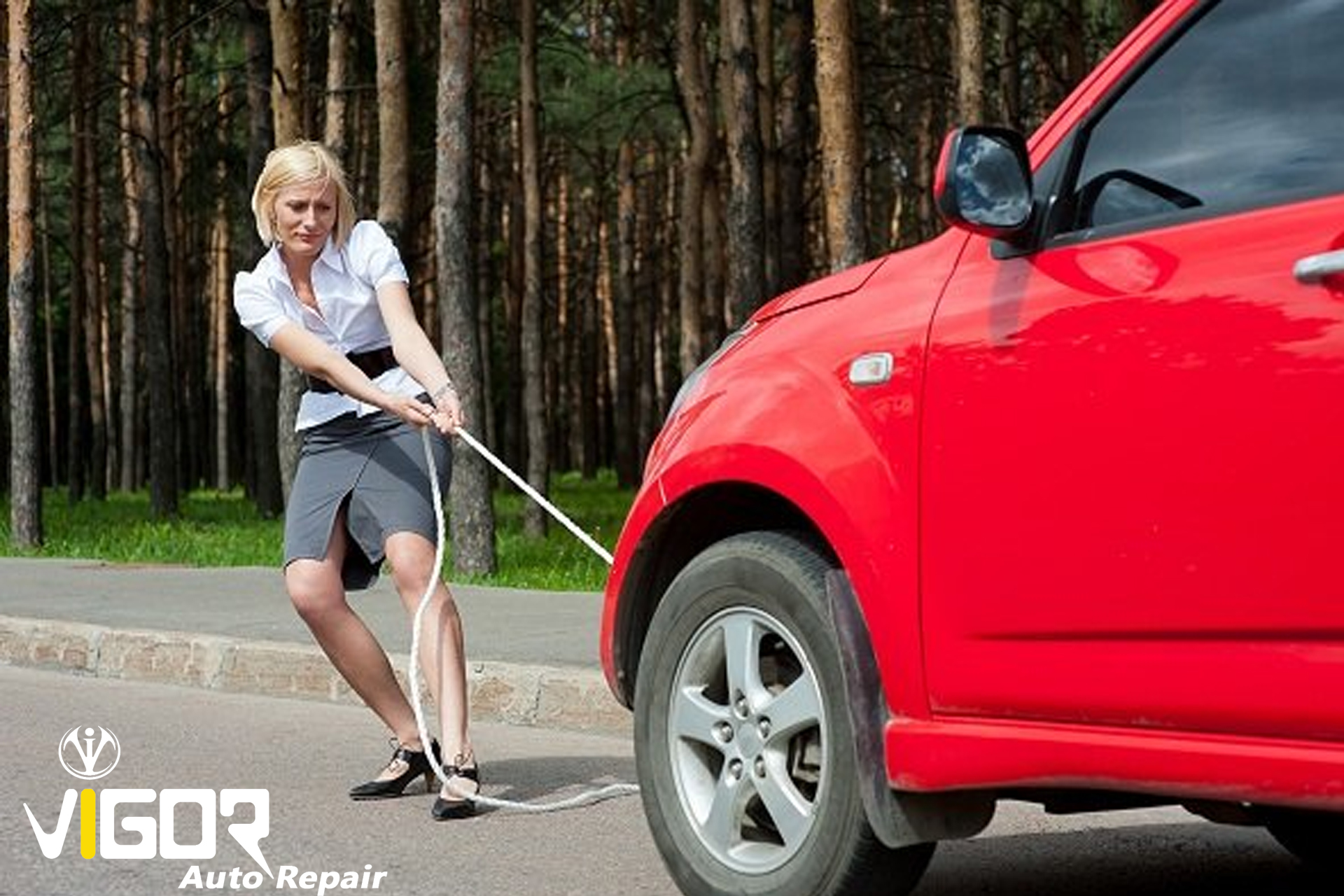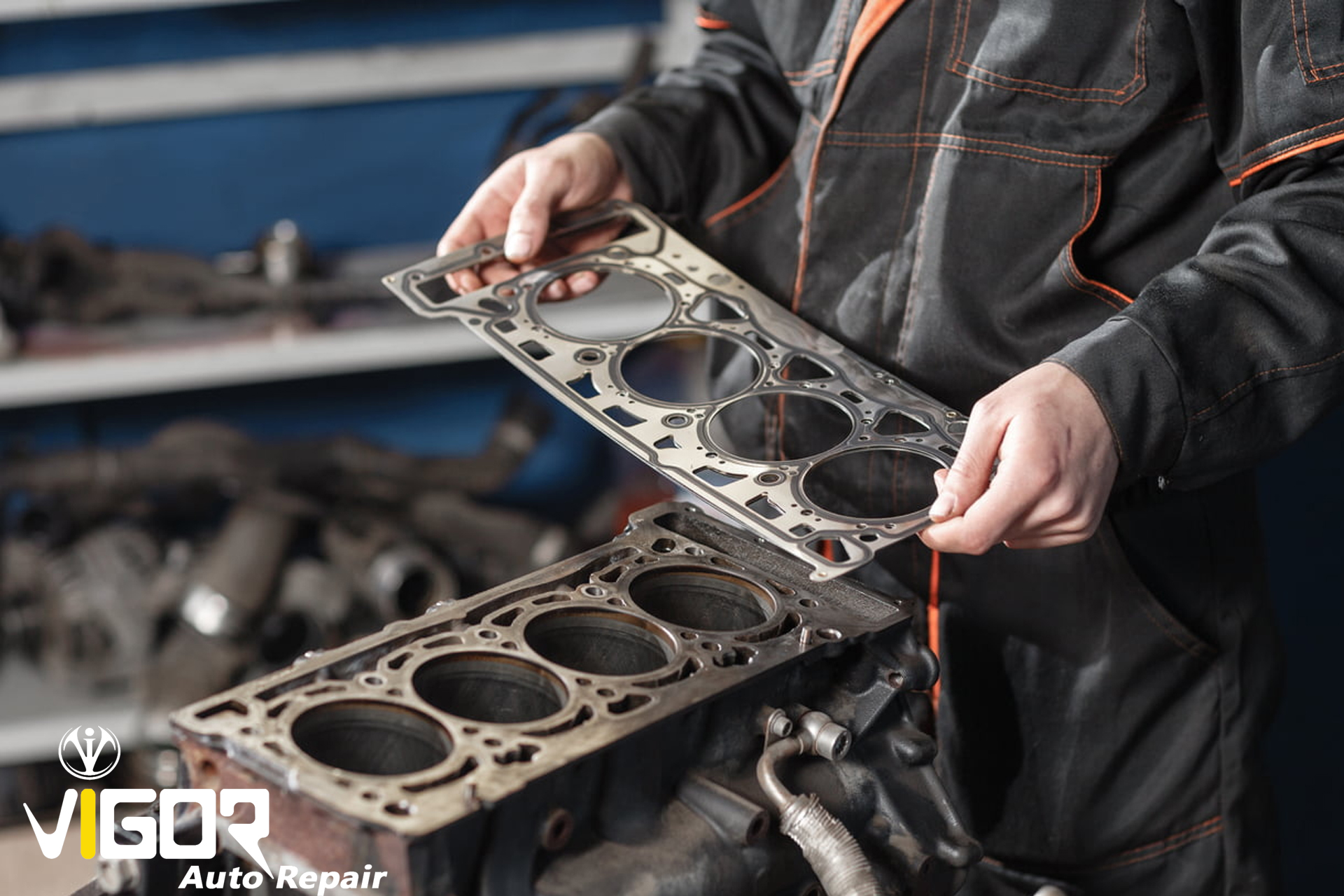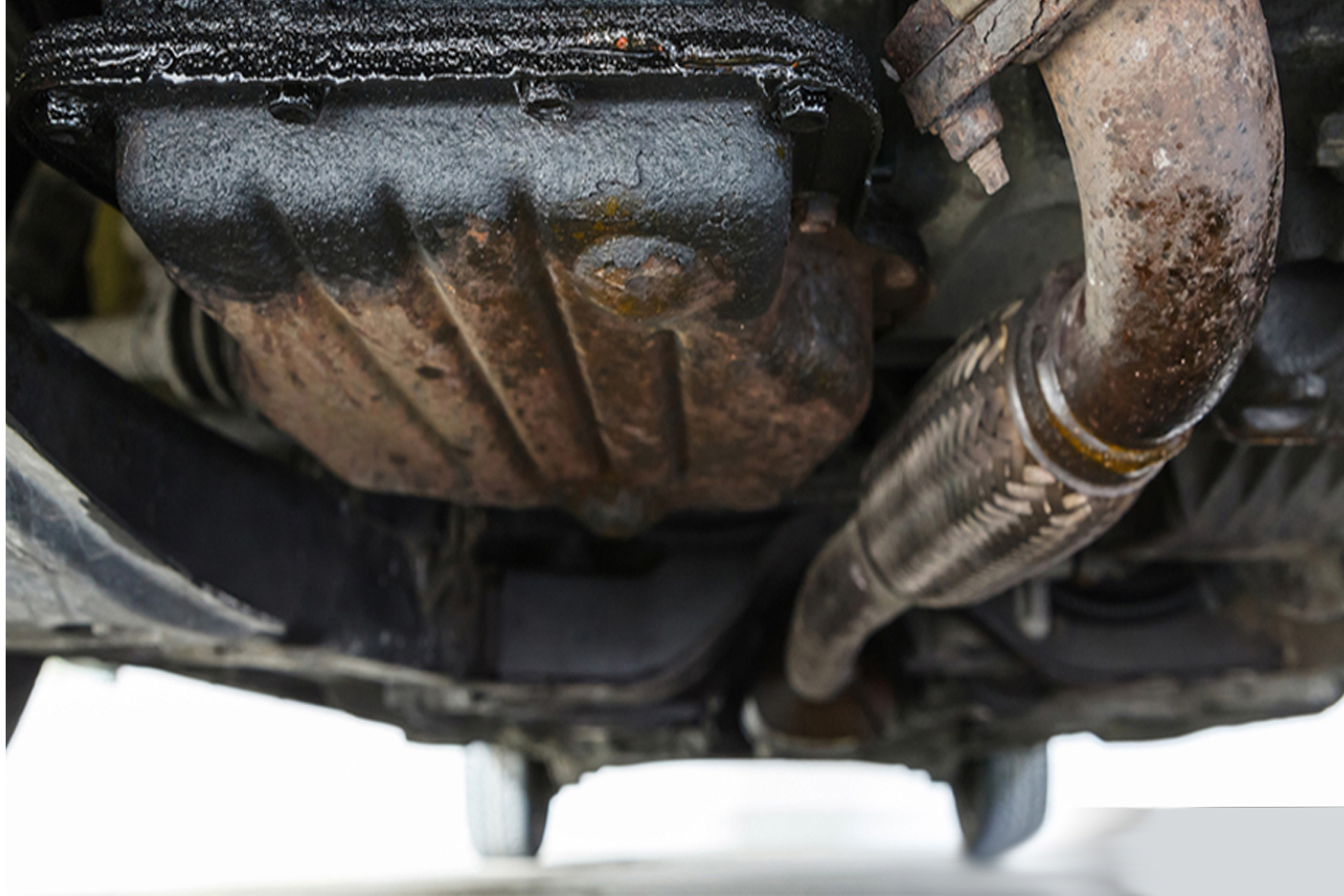A piston is a metal cylinder that moves up and down inside the engine cylinder through varying stages of the combustion cycle and is connected to the engine’s crankshaft via a connecting rod. When a piston moves down, it draws in air and fuel into the cylinder, and when the piston moves up, this air and fuel are then compressed.
A piston also has the important job of creating an area of low pressure inside the cylinder, opposing the higher level of air pressure that sits outside the cylinder. As a piston forms the lower part of the combustion chamber in a diesel engine, it also has the job of absorbing the heat caused by combustion and conducting it away from the metal temperature to keep it within safe limits.
Causes of piston damage
Burned Piston
A burned piston can be seen instantly once the top of the engine has been removed. You should be able to recognize visible signs of melting and sometimes a burned hole in the piston. A burned diesel piston is generally caused by dirty fuel injectors being used.
Cracked Piston
Cracked piston causes can include the continued use of low-quality fuel. Or, a cracked piston can be a result of the failure of the exhaust gas recirculation system.
Snapped Timing Belt
The timing belt plays a key role as it keeps the movement of the pistons and the valves in perfect alternating time. Once the belt has snapped, it can cause a collision between the two, which can then lead to further damage. To prevent the timing belt from snapping, it’s important to change the timing belt according to the car manufacturer’s instructions.
Specific Causes of Piston Damage
- Worn Piston Rings
If you’ve noticed white smoke coming from the tailpipe, low power for acceleration, overall power loss, and a significant drop in engine oil level, these are key signs of worn piston rings.
Your engine may experience these signs of piston ring damage as the seal between the piston and cylinder is no longer airtight, meaning the oil will leak into the crankcase and firing chamber.
Worn piston rings are a very common cause of piston damage, as the rings that circle around the piston act as a buffer between the combustion chamber and the crankcase, surrounding the crankshaft.
Rings are responsible for moving the heat away from the cylinder wall while regulating the oil temperature.
Unfortunately, piston rings do wear out, and there is little you can do to prevent this. However, if you replace them routinely before they wear out, it can play a great part in preventing damage to the engine.
- Piston skirt damage
The main cause of damage to the piston skirt is rubble coming through the air filtering system. This can cause the piston rock within the cylinder to wear the skirt down, making the skirt thinner and weaker, which can eventually result in the piston breaking. - Piston Snap
If your car is starting to make rattling or knocking noises that remain by the time it has warmed up, this could mean that there is a large gap between the piston and the cylinder wall.
How to Prevent Piston Damage and Failure
Piston damage can be very expensive due to the intensive labor involved to ensure the engine piston parts are fixed. This cost is usually high as the entire engine has to be taken apart for any issue to be resolved.
To prevent piston damage and failure, whether that’s piston rings or other specific engine piston parts, ensure you are using the correct engine oil and that the oil and filter are changed at the recommended intervals by the manufacturer. You should also make sure the engine coolant is in good condition, which you can check by opening the radiator cap or by taking a look at the water in the coolant reservoir.
It’s important to remember that pistons are part of the overhaul engine, and all diesel engines are different. Unfortunately, there’s no ‘one size fits all’ solution for anyone experiencing a diesel engine problem or an issue with their diesel rings. It’s also imperative to determine the cause of the problem and address it before simply replacing damaged parts and reassembling the engine.






